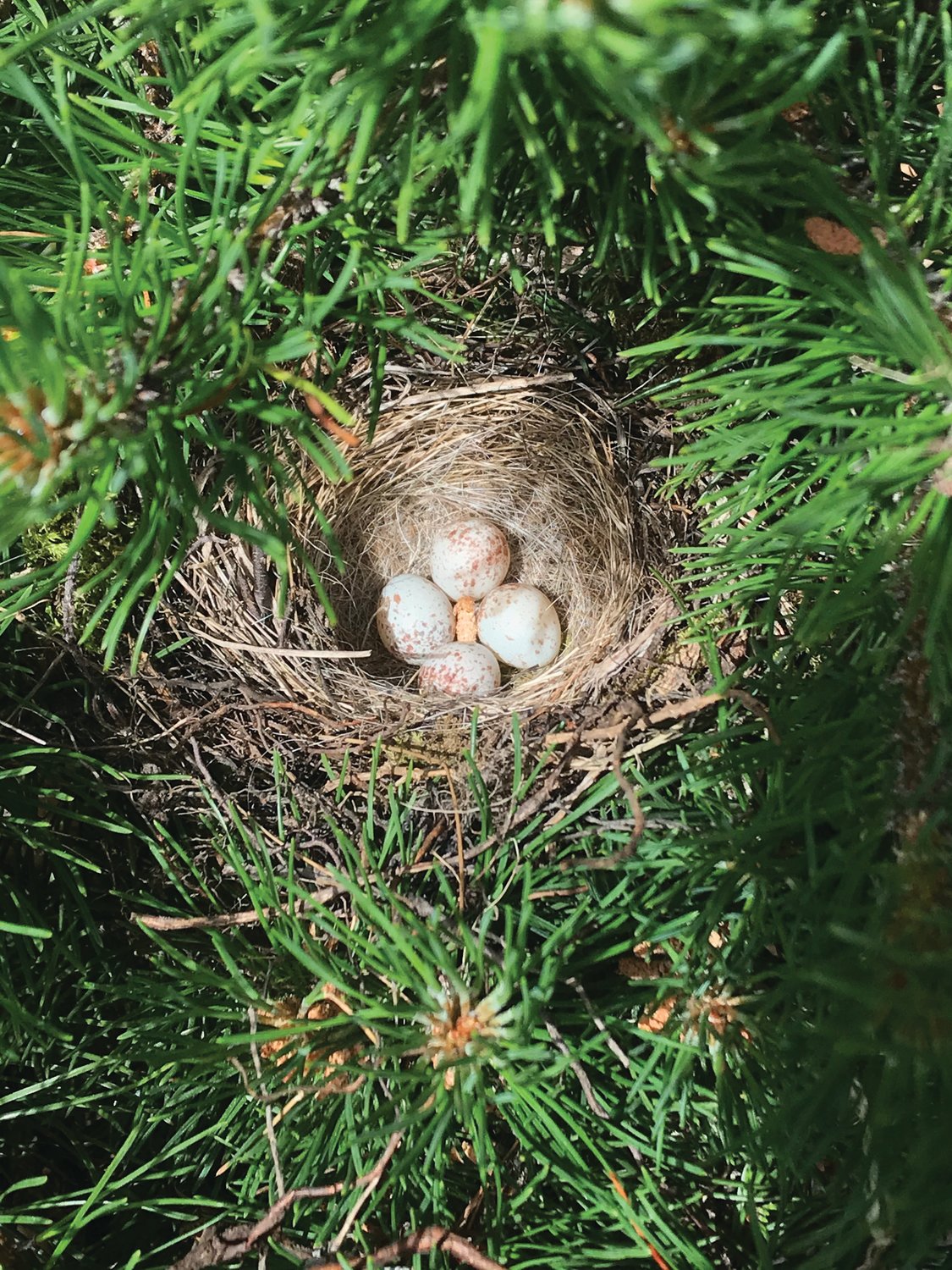Conifers have a long history, dating back nearly 300 million years. Our Washington state tree, the western hemlock, descended from the earliest hemlocks some 30 million years ago. Today, conifers are …
This item is available in full to subscribers.
We have recently launched a new and improved website. To continue reading, you will need to either log into your subscriber account, or purchase a new subscription.
If you had an active account on our previous website, then you have an account here. Simply reset your password to regain access to your account.
If you did not have an account on our previous website, but are a current print subscriber, click here to set up your website account.
Otherwise, click here to view your options for subscribing.
* Having trouble? Call our circulation department at 360-385-2900, or email our support.
Please log in to continue |
|

Conifers have a long history, dating back nearly 300 million years. Our Washington state tree, the western hemlock, descended from the earliest hemlocks some 30 million years ago. Today, conifers are among the most versatile and durable plants in the home garden or backyard forest.
Conifers are woody plants with scale-like leaves or needles, and seed-bearing cones. Many natives — Douglas fir, western red cedar, grand fir, and Sitka spruce — thrive in a backyard forest, but may be too large for a smaller garden. Happily, there is a wide selection of locally available smaller conifers, including ground cover plants, that do well in our climate.
Great Plant Picks, an educational outreach program for the Elisabeth C. Miller Botanical Garden in Seattle, has some excellent tools for selecting conifers suited to our Pacific Northwest gardens. To learn more, visit www.greatplantpicks.org/.
Conifers have much to offer: nutrients and shelter for birds and other wildlife; water-wise alternatives to lawns; seasonal color; and diverse growth habits, including columnar, pyramidal, weeping, mounded, or prostrate forms. Conifers help stabilize slopes and reduce erosion. They also filter pollutants, capture carbon, and produce oxygen throughout the seasons.
Conifer care is straightforward. Once established, most will tolerate a wide range of conditions. Mulching around the base of each plant, away from the stem, will help retain water, discourage weed growth, and keep roots warm in winter and cool in summer. Fertilizers are not necessary, and can do harm by promoting excessive top growth before roots develop.
In summer and fall, natural “flagging” can occur in conifers, leaving dead foliage among twigs and branches. Winter is a good time to remove any remaining material, easily done by hand, to allow light and air to reach the center of the plant.
Conifers require less pruning than broadleaf trees, but follow similar principles. In our region, late January to early March is the best window for dormant season pruning. From mid-March to mid-July, when the trees are actively growing, soft bark and branch collars can be easily damaged.
Our goal is to maintain the balance among foliage, branches, and roots. Unlike broadleaf trees, most conifers do not have latent, or hidden, buds that emerge to initiate new growth following injury. Conifer growth often originates from buds formed in the previous growing season. If there are no visible buds, pruning into old wood will usually result in a stub from which no new growth will arise.
The first step is to remove the 4D’s: damaged, dead, deranged, or diseased branches. Then, pruning cuts to consider include:
Removal: Cut sagging or weak branches back to a branch collar to preserve apical dominance and help the sun reach inner foliage. The branch collar, the small bump where a branch attaches to the stem, contains cells that can chemically seal the pruning wound.
Reduction or thinning: Cut a branch back to a lateral (side) branch, so the plant’s energy goes to the remaining branch.
Windowing: Selectively remove branches so that the sides of the tree are balanced and branches are well spaced. Windowing can open up views as an alternative to removing a tree.
Skirting: Remove limbs that are too close to the ground, which can lead to root decay. Skirt up to 2 to 4 feet, but not more than one third of the tree’s height, to preserve enough of the canopy for the tree to feed itself.
Topping, or removing the central leader, should be avoided, as it stimulates growth of multiple, weak branches. Rot fungi can enter the wound and devour the center of the tree. If you must reduce the height of a tree, try cutting to a strong lateral branch.
There are a few notable exceptions to dormant season conifer pruning:
For small pines, candle pruning is done in early spring to promote compact, dense growth. Gently pinch off the soft candles (new shoots that grow from existing branches) with your fingers, before the new terminal buds are formed. In most cases, remove the central candle and leave some others to direct growth as desired.
Plants that are used as hedges — yews, hemlocks, laurels, and other broadleaf evergreens —can be cut just as new growth emerges in spring. Shearing early enough allows some regrowth to cover the shear scars. To achieve a compact, formal design, one option is to shear two to three times during the growing season. Constant shearing results in dense exterior growth, but shaded interior portions become a dead zone, deprived of light and air. An alternative is to prune using thinning cuts for a more open, natural-looking hedge.
The American Conifer Society www.conifersociety.org/ is an excellent resource for more information and tips.
For any questions about home gardening, Master Gardeners at the Online Plant Clinic are always available to help: www.extension.wsu.edu/jefferson/gardening-2/plant-clinic/.
(Barbara Faurot is a Jefferson County Master Gardener and Master Pruner, working with other volunteers who serve as community educators in gardening and environmental stewardship.)